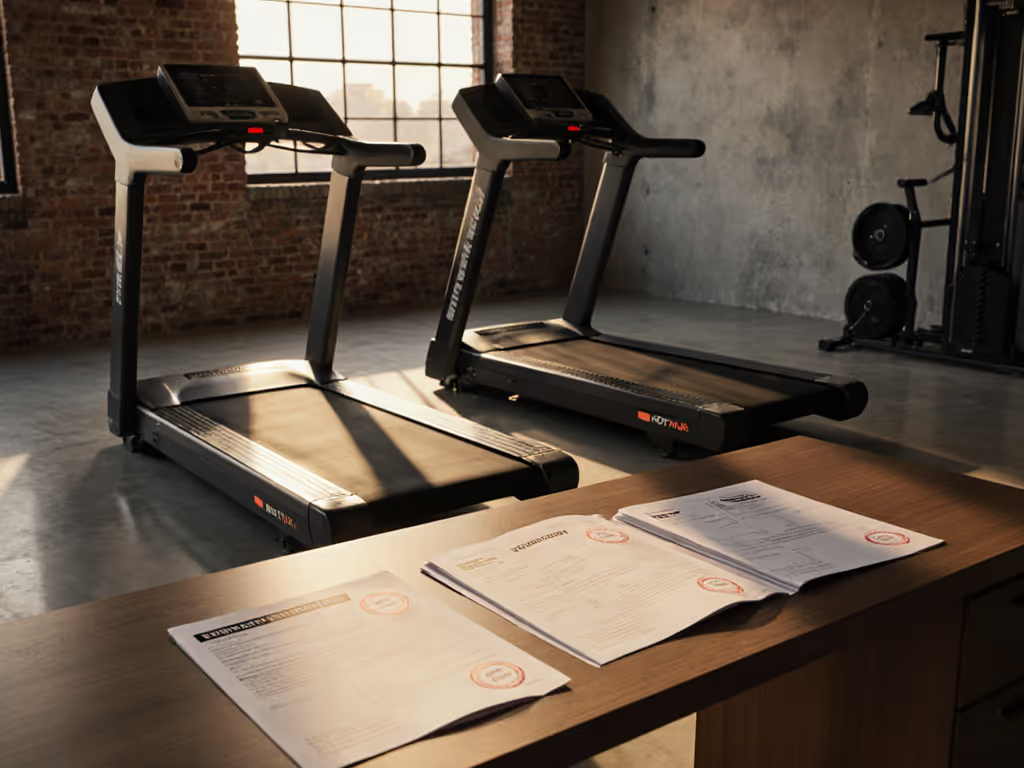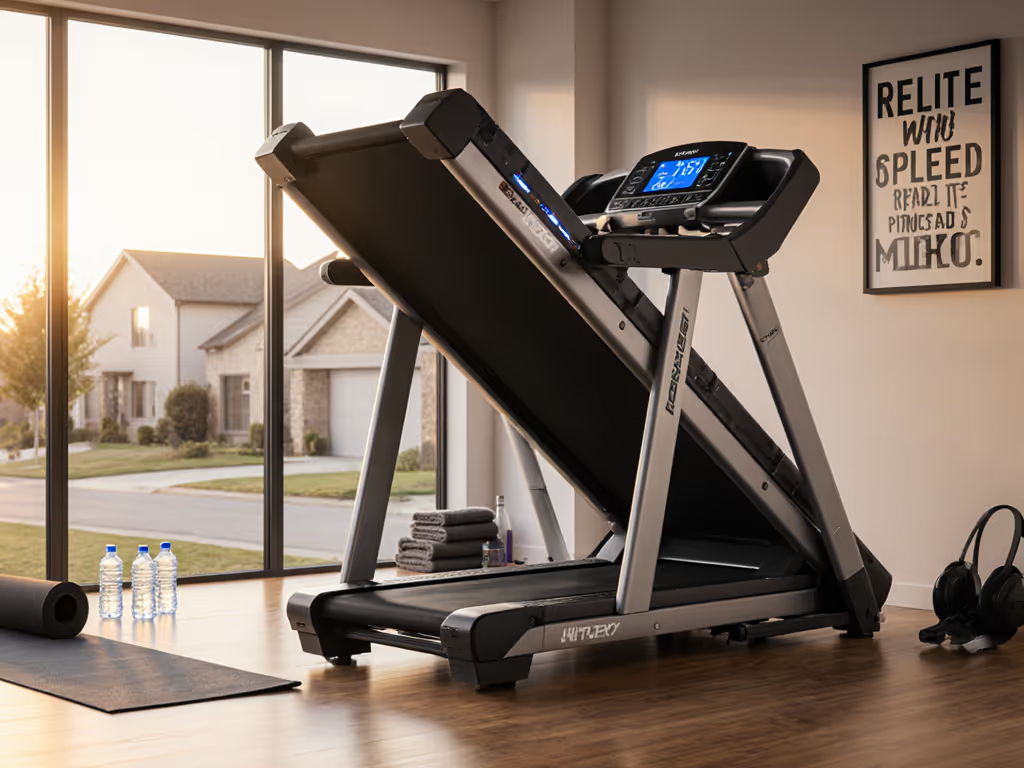
Best Treadmills for Tall Runners: Deck Length Tested
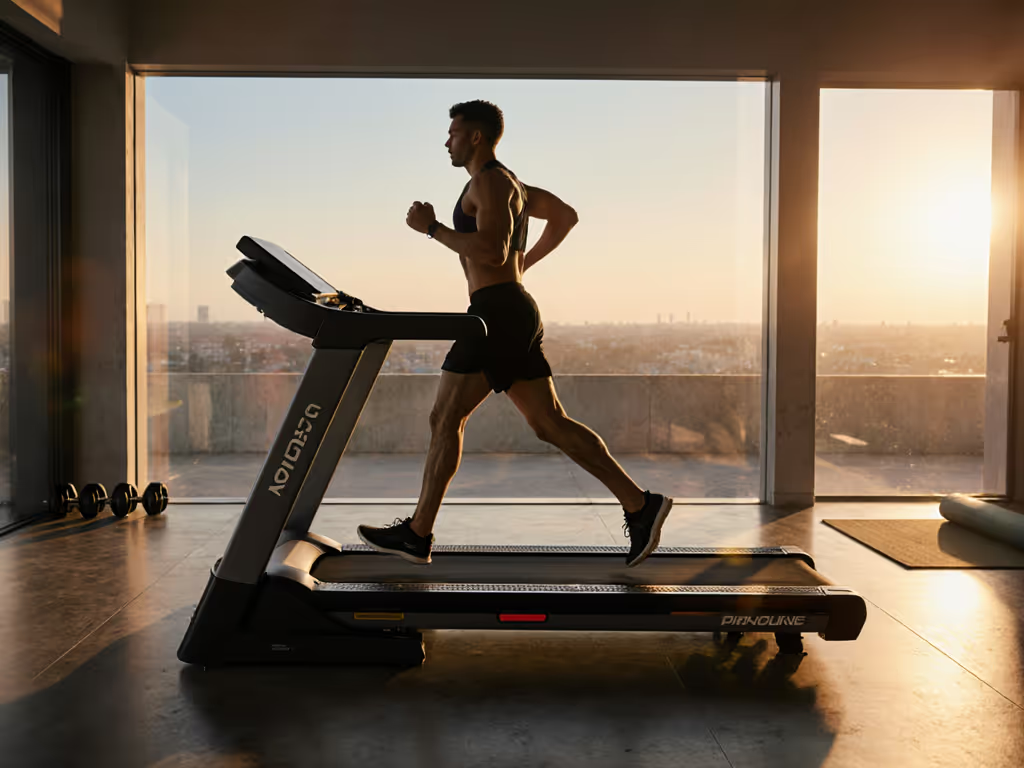
Finding a treadmill that accommodates a long stride isn't just about comfort, it is about preventing injury and maximizing performance. For runners over 6 feet tall, a deck shorter than 60 inches forces shortened strides and increases toe-strike risks[1][3][4]. After evaluating top models, we have identified machines that deliver the space, stability, and durability tall runners need.
Why Deck Length Is Non-Negotiable
Your stride length directly correlates with height. Men can calculate theirs by multiplying height in inches by 0.415; women use 0.413[3]. For a 6'2" runner (74 inches), this means a 30.7" stride, requiring a deck that allows full extension without hesitation. Research confirms decks under 55" cause instability for tall users, while 60"+ decks prevent gait restriction[1][5]. The width matters equally: 22" decks accommodate natural arm swing, unlike narrower belts that cause side-to-side movement[3].
Critical minimums for tall runners:
- Deck length: 60" (55" acceptable only under 6'0")[4][5]
- Deck width: 22" for unrestricted motion[1][2]
- Weight capacity: Minimum 50 lbs over user weight[2]
Tested Deck Dimensions: Key Comparisons
| Model | Deck Size | Weight Capacity | Max Speed | Roller Size |
|---|---|---|---|---|
| NordicTrack 2450 | 22" x 60" | 400 lbs | 14 MPH | 3.0" |
| SOLE F85 | 22" x 60" | 375 lbs | 12 MPH | 2.75" |
| ProForm Carbon TL | 18" x 55" | 300 lbs | 10 MPH | Not specified |
NordicTrack's 22" x 60" deck pairs with 14 MPH speed and -3% decline, ideal for simulating terrain. However, its iFIT subscription requirement adds ongoing costs[6]. SOLE's F85 matches the deck size but trades high-tech features for mechanical robustness: no subscription needed, lifetime frame/motor warranty, and commercial-grade 2.75" rollers that reduce belt wear[6]. ProForm's 55" deck falls below our minimum recommendation, making it suitable only for walkers or joggers under 6'0"[5].
Stability and Longevity: Beyond Deck Size
Tall runners exert greater force on joints and machinery. Look for:
- Cushioning: Adjustable systems (like SOLE's Whisper Deck) absorb impact better than static pads[1][2].
- Rollers: 2.5"+ diameter reduces belt friction and extends lifespan[2].
- Frame bracing: Cross-members under the deck (NordicTrack) minimize wobble at top speeds[6].
SOLE's 400 lb weight capacity (TT8 model) exceeds most home treadmills, ensuring stability for heavier frames[2]. Avoid folding mechanisms with thin hinges; NordicTrack and SOLE use commercial-style locking arms[6].
Maintenance: The 5-Minute Preflight Check
"Service" isn't a chore, it is your longevity shield. Each month:
- Listen for belt hesitation or motor strain (signs of misalignment).
- Feel deck center - lubricate if friction increases[2].
- Track roller dust with a microfiber wipe.
- Clean motor vents to prevent overheating[1].
NordicTrack's belt requires quarterly silicone applications, while SOLE's low-maintenance design aligns with their "buy once, keep moving" ethos[6].
Final Recommendation
For runners prioritizing space and natural stride: SOLE F85. Its 60" x 22" deck, lifetime frame warranty, and subscription-free operation make it a sustainable investment. Budget-conscious buyers under 6'0" could consider the ProForm, but tall sprinters should avoid decks under 60"[5]. Remember: A deck that fits your stride isn't a luxury, it is a biomechanical necessity.
Related Articles

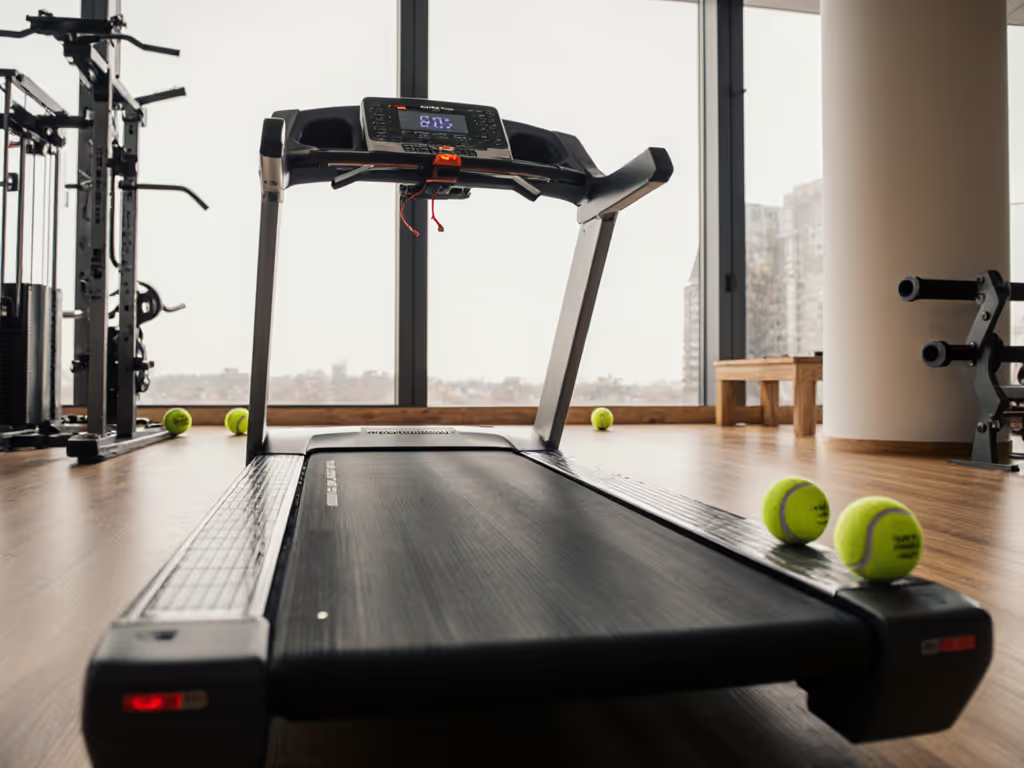
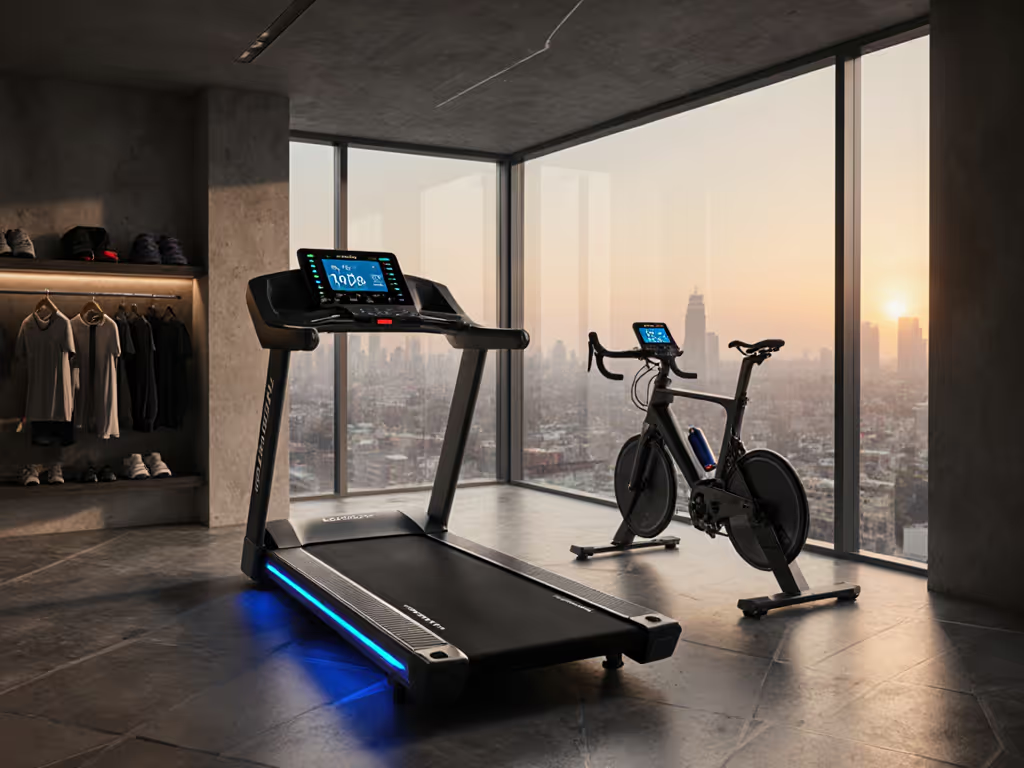
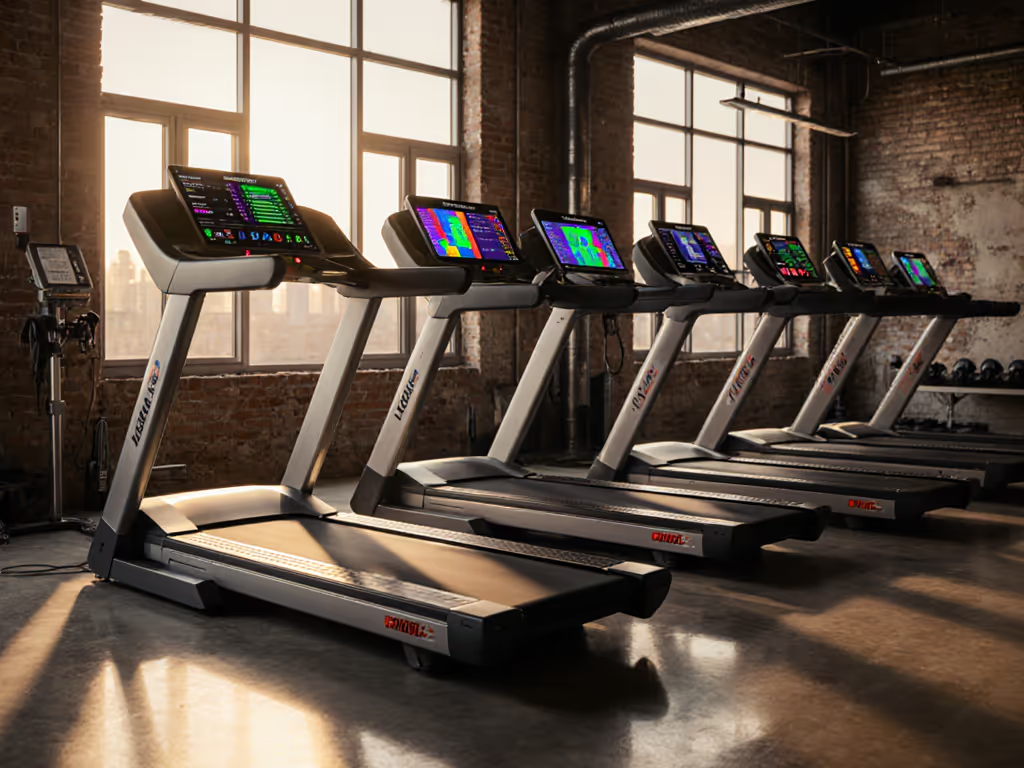
Treadmill Community Features: Which Platform Actually Works?
